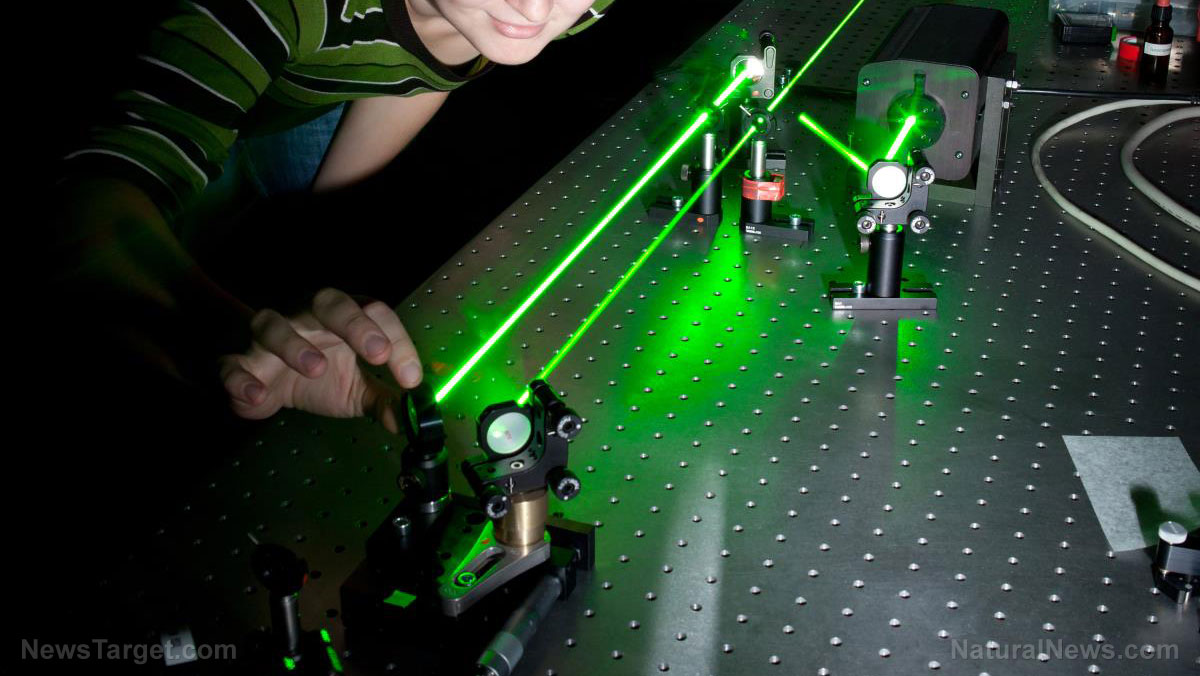NASA puts together the most comprehensive “guide” to outer space
10/13/2019 / By Edsel Cook

If you ever need to review the history of galaxies, NASA has you covered. The American space agency has compiled 16 years’ worth of imagery from the Hubble Space Telescope into a single image that encapsulates most of the universe’s history.
Almost 7,500 exposures went into this mosaic of the deep sky. The resulting portrait of the universe featured 265,000 individual galaxies, with the farthest ones being too faint for the human eye to see without aid.
Called the “Hubble Legacy Field,” the mosaic presented a comprehensive view of the evolution of the universe. It spanned a period of 13.3 billion years, starting 500 million years after the Big Bang.
The Legacy Field drew its data from Hubble deep-field surveys. Of note was the eXtreme Deep Field (XDF) project, which provided the deepest observation of the universe.
It showed how galaxies changed as they built themselves up to gigantic sizes. It covered the ultraviolet to near-infrared wavelengths of light, allowing the Field to show the vital parts of how a galaxy assembled itself. (Related: Sugar molecules exist in space, according to astronomers.)
Galaxies teach us about the universe, the solar system, and life as we know it
Researchers from the University of California Santa Cruz (UCSC) oversaw the immense efforts to assemble the history book of the universe.
“Now that we have gone wider than in previous surveys, we are harvesting many more distant galaxies in the largest such dataset ever produced by Hubble,” remarked UCSC researcher Garth Illingworth. “This one image contains the full history of the growth of galaxies in the universe, from their time as ‘infants’ to when they grew into fully fledged ‘adults.’”
The Hubble Legacy Field served as a massive catalog of galaxies near and far. The University of Connecticut researcher Katherine Whitaker said that the incredibly high-resolution measurements would make it possible to investigate many extra-galactic topics.
Whitaker added that extra-galactic surveys often surprised researchers with unexpected findings. These discoveries profoundly reshaped the way humans looked at the evolution of galaxies like the Milky Way.
A century ago, the namesake of the Hubble Space Telescope described galaxies as the “markers of space.” Today, Edwin Hubble’s words continue to ring true.
By studying galaxies, researchers followed the universe as it expanded and found hints about cosmic physics. They also discovered the origin of chemical elements, which showed them the conditions that created our solar system and life on Earth as we know it.
The ultimate legacy of the Hubble Space Telescope
Compared to earlier deep fields, the Hubble Legacy Field contained 30 times more galaxies. Printing it would produce a physical copy that would span nearly the entire width of the moon.
In comparison, the XDF deep field covered less than 10 percent of the moon’s diameter. It did delve much further into space than the new image.
Furthermore, the Legacy Field captured an array of odd-looking formations. Researchers explained that many of these objects were all that remained of galactic collisions during the early history of the universe.
That exciting time witnessed many collisions between small, young galaxies. The participating formations merged and increased in size.
“We’ve put together this mosaic as a tool to be used by us and by other astronomers,” Illingworth said. “The expectation is that this survey will lead to an even more coherent, in-depth and greater understanding of the universe’s evolution in the coming years.”
He and his teammates were already assembling a second mosaic from another set of Hubble images. But the new set only contained around 5,200 individual exposures.
Until new space observatories like NASA’s James Webb Space Telescope enter service, the Hubble Legacy Field will remain the largest of its kind.
Sources include:
Tagged Under: astronomy, cosmic, cosmos, deep space, galactic collisions, Galaxies, Hubble Space Telescope, NASA, outer space, planets, solar system, space exploration, space research, Stars, Universe, universe expansion
RECENT NEWS & ARTICLES
COPYRIGHT © 2017 REAL SCIENCE NEWS



















